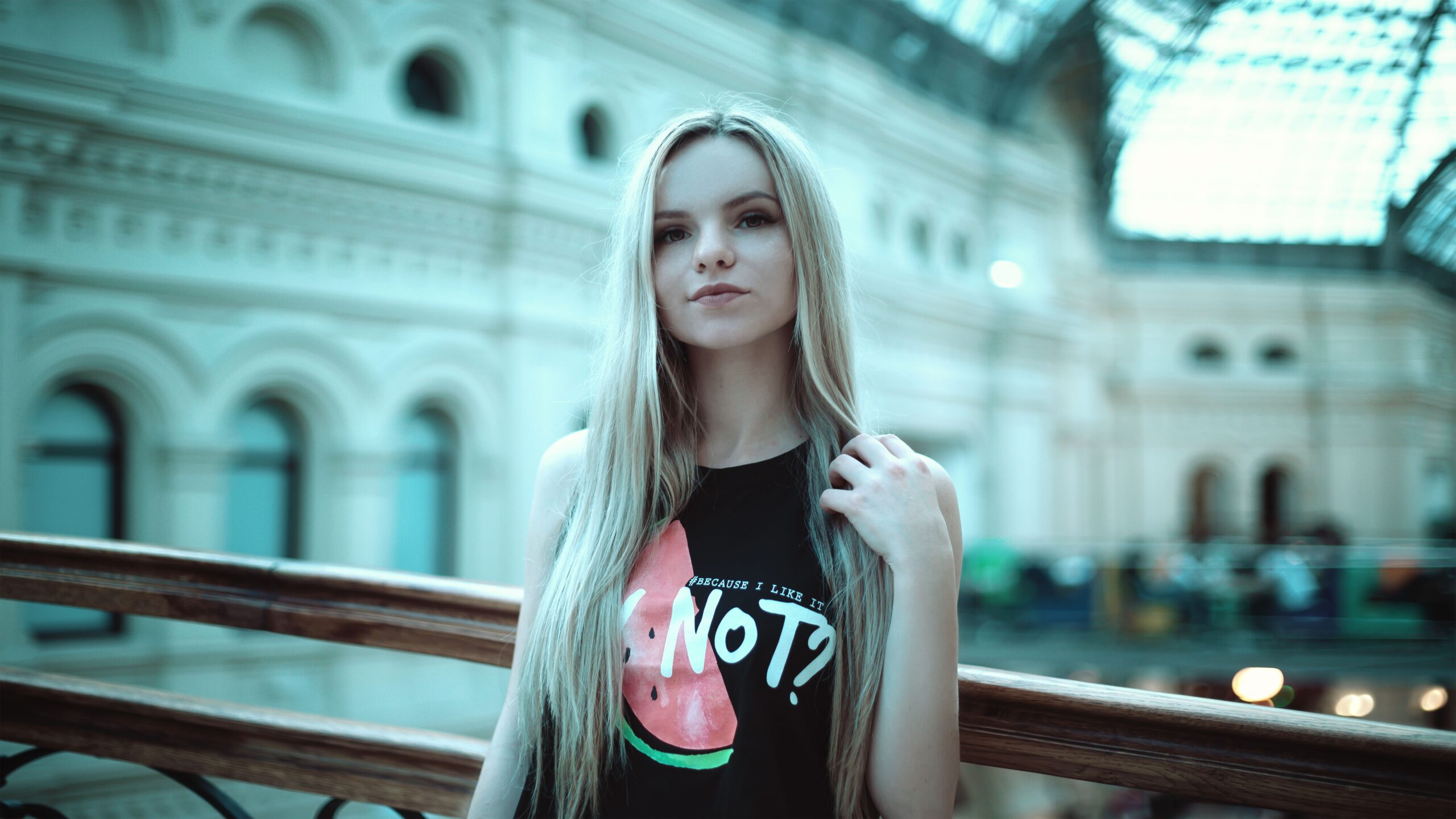John Christie, founder of the renowned Glyndebourne Festival Opera, built an opera house in 1934 for his wife. Not only did he want to make the best theatre they could, but the best that could be done anywhere. Now its director, David Pickard, has kept this realized idea alive; Glyndebourne Festival is an example of authenticity in the construction of an experience that is synthesized in their brand, because what you see, hear and feel is consistent and is deeply rooted in all who interact with it. And with that legacy alive, Glyndebourne has remained financially independent since then.
When an institution is viewed up close, you always find singularities: an identity born of a purpose, a story, a philosophy, a set of values and a certain way of doing things. When the founder is present, the brand is created from his or her original principles and ideas.
Art institutions, regardless of the type (museums, orchestras, ballet companies or opera) evolve and expand their horizons, either to maintain their relevance or to attract new audiences.
In fact, in the dilemma of balancing mission, public and resources, is where you will discover the true meaning of the brand. When the institution understands and assumes its purpose and values, it improves its brand experience from the coherence between what is said and what is done. It makes the brand a strategic platform and is credible because it fulfills what it promises to:
- The public, who wants a rewarding experience
- The artists and performers, who want the freedom to express their creativity
- The members of the institution (Boards of Directors, employees) who want to feel proud to belong, remembering that all of them are professionals at what they do
- Funding agencies, who want to ensure that the money is invested properly
- Governments and the media, who want to ensure widespread access
Managing the creative tension between ensuring the legacy and meeting the aspirations of both internal and external, current and future publics is at the heart of designing a sustainable brand experience. The key to being successful is to build an idea that is representative of the institution and its legacy, and that also represents the aspirations that guide it to the future.
Currently, these institutions face challenges and growth opportunities: new social realities, more demanding publics (of participation, protagonism and technology realities), with expectations of innovative and enriching experiences, young adults (18-34 years) with less exposure to an arts education and a decreasing participation in cultural activities; strong and growing competition to attract the public´s free time.
What will be the natural steps of a successful evolution to expand horizons?
- First of all, recognize when to evolve
- Secondly, look outwards to identify target audiences and appropriate profiles for the institution, think of the long-term relationship with them, and design and provide multiple alternatives to bring the institution closer
- Thirdly, look inwards. The brand will have real meaning if it is able to influence the behaviour and attitudes of internal audiences, leading to more sustainable mechanisms in management: aligning the institution around the mission and strategy, building internal learning and preparing for success
Museum directors drive and engage internal teams in both the definition and the application of experience as they are the ones who have to have an eye on the people receiving the service, because they are the most important touch point.
And so, together,
Look for a transcendent cultural significance: Defining and articulating purpose, structure and basis to differentiate the brand to generate a familiar and meaningful experience that is intuitively recognised as a synthesis of the institution strategy.
Celebrate the great design: Blending strategic thinking and creativity in designing expressions that shape the first impression, associations and connections between people and what your institution genuinely promises.
Create fluid landmarks and metaphors to interact: developing a genuine conversation between your institution and key audiences through your brand, involving them in engaging experiences that are fresh, positive, meaningful and valued.
A committed team, giving constant feedback is the best observer of how experience lives. They can discover attendance or behaviour patterns that can have significant consequences for the artistic mission of the institution, its financial viability and / or both. Their comments and observations will help to keep the brand experience relevant.
You also need circuits that consistently integrate visitors from the conception to the implementation of the services offered by the institution.
Developing a sustainable brand experience takes two. On the one hand, the audience has to find a satisfactory relationship and that relationship must be based on the values of the institution.
This alliance creates clarity and encourages commitment, and ultimately helps to raise the profile of the arts.
Image: © Glyndebourne Productions Ltd. Photo: Bill Cooper








This post is so good. The opening paragraph is one for the ages and it applies to all branding in any category.
“When an institution is viewed up close, you always find singularities: an identity born of a purpose, a story, a philosophy, a set of values and a certain way of doing things. When the founder is present, the brand is created from his or her original principles and ideas.”
Bravo
Gerry Lantz, Stories That Work USA